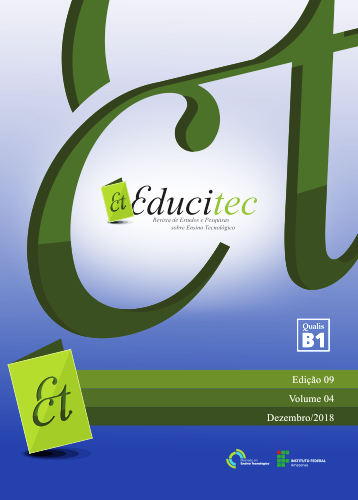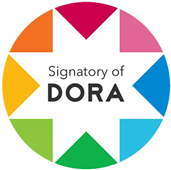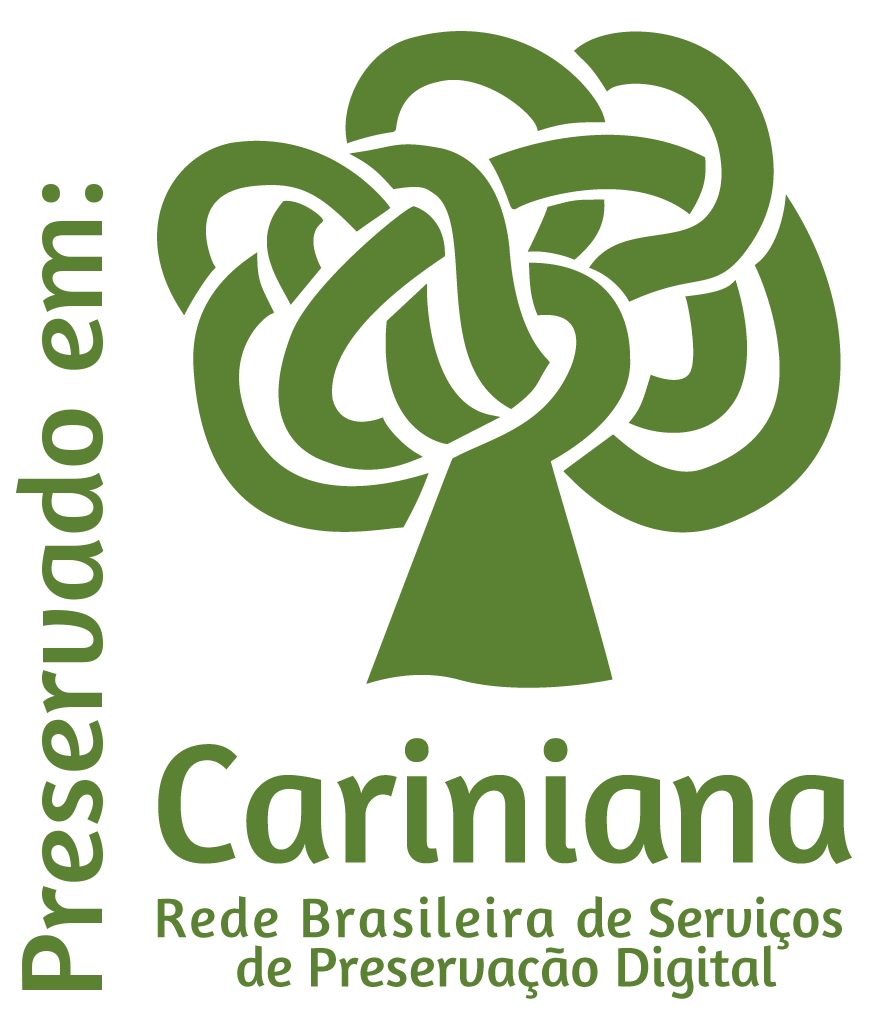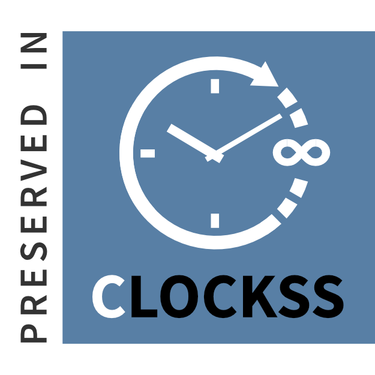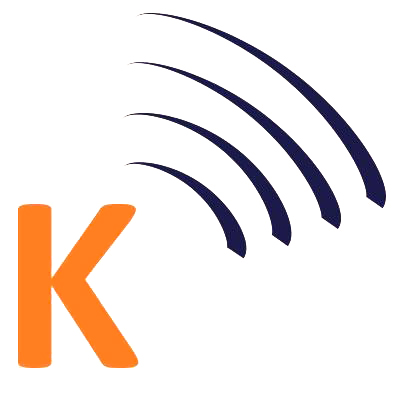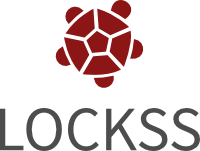Virtual reality and Education: A study on the Impact of Inserting the cardboard device in the classroom
DOI:
https://doi.org/10.31417/educitec.v4i09.726Keywords:
Virtual reality, Cardboard, EducationAbstract
Currently, technology is present in society and shows us different means of interaction. Virtual reality (VR) is one of these ways, so its application has brought new immersive experiences in different areas, such as education. Therefore, it is possible to observe that activities outside the classroom contribute to the formation of the student, through excursions that can provide experiences in environments that take knowledge in a practical way. With that, the Google company decided to explore the use of VR in educational institutions through the creation of the Cardboard Glasses device, so that students could visit different locations without leaving the classroom. Based on this principle, the motivation of this work is to help teachers of Geography and Science disciplines by applying the Cardboard tool and the Expeditions application as a methodological resource in the teaching-learning process of students in the 2nd, 6th and 9th years of elementary school in schools. municipalities, providing students with greater interaction and dynamism in the contents covered in these disciplines. The starting point consisted in the manufacture of eyeglasses, which from the original products were produced other molds through the collection of cardboard scraps. The research included collaborating high school students at IFAM Campus Lábrea, who received training in the application of the tool and had their smartphones available for use in the classroom. In total, 141 students were able to participate in the research and explore the contents covered in the classroom in an immersive and playful way.
Downloads
Metrics
References
CABERO, J.; BARROSO, J. The educational possibilities of Augmented Reality. New approaches in educational research, p. 46-52, 2016.
CANTO, T. S. do; ALMEIDA R.D. Mapas feitos por não cartógrafos e a prática cartográfica no ciberespaço. In: Novos rumos da cartografia escolar: currículo, linguagem e tecnologia. São Paulo: Contexto, 2014.
CARVALHO, V. M. S. G. Sensoriamento Remoto no ensino básico da Geografia: definindo novas estratégias. Rio de Janeiro: APED, 2012.
DAVIS, F. Perceived usefulness, perceived ease of use, and user acceptance of information technology. MIS Quarterly, p. 319-340, 1989.
GOOGLE CARD BOARD. Disponivel em: <https://www.google.com/get/cardboard/get-cardboard>. Acesso em 14 dez. 2017.
HANCOCK, D. Viewpoint: Virtual Reality in Search of Middle Ground. IEEE Spectrum, v. 32, n. 1, p. 68, Jan 1995.
KIRNER, C.; TORI, R; SISCOUTTO, R. Fundamentos e tecnologia da realidade virtual aumentada. Porto Alegre: SBC, 2006.
MARTINS, V. F., GUIMARÃES, M. P. Desafios para o uso de Realidade Virtual e Aumentada de maneira efetiva no ensino. In: CONGRESSO DA SOCIEDADE BRASILEIRA DE COMPUTAÇÃO, 32., 2012, Curitiba. Anais..., Curitiba, DEsafIE!, 2012.
PIMENTEL, K., TEIXEIRA, K. Virtual reality - through the new looking glass. New York, McGraw-Hill, 1995.
PINHO, M.S.; KIRNER, C. Uma Introdução a Realidade Virtual. Disponível em: <http://grv.inf.pucrs.br/tutorials/introducao-a-realidade-virtual/>. Acesso em 14 dez. 2017.
VALENTE, P.; SANTOS, K. S. Realidade Virtual e Geografia: O Caso do Google Cardboard Glasses para o Ensino. Revista Tamoios, São Gonçalo (RJ), v. 11, n. 2, p. 137-148, jul/dez. 2015.
ZEDNIK, H. e-Maturity: Gestão da Tecnologia numa Perspectiva de Melhoria do Desempenho Pedagógico. 2015. 318 f. Tese (Doutorado em Informática na Educação) - Universidade Federal do Rio Grande do Sul, Porto Alegre, 2015.
Downloads
Published
How to Cite
Issue
Section
License

This work is licensed under a Creative Commons Attribution 4.0 International License.
This work is licensed under a Creative Commons Attribution 4.0 International License
This license allows others to share, copy, redistribute material in any medium or format, adapt, remix, transform and develop the material based on their work, even if commercially, giving due credit and providing a link to the license.
The published articles are the property and full responsibility of their authors, who may have them for later publication, always including the original edition, and EDUCITEC Magazine does not have any legal responsibility for its content.

